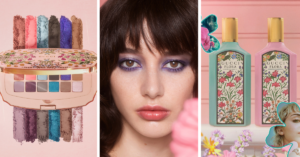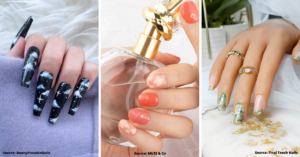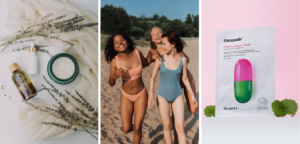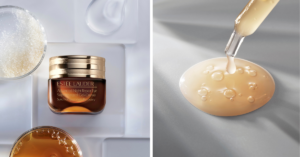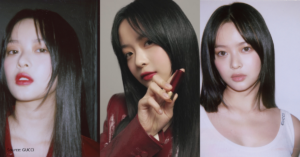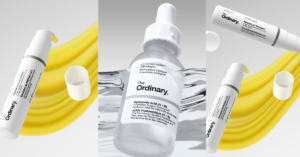Scoop
K-Beauty Trends For 2022 And Beyond: We Ask An Expert On The Upcoming Trends That’ll Blow Up In The Future
All of the essential tea
By: Balqis Ariffin / August 10, 2022

If there’s one thing that beauty junkie can’t seem to forgo, it has to be K-beauty trends. Whether it’s a 10-step skincare routine or even slathering snail mucin all over the face with the hope of attaining glass-looking skin, our beauty routine pretty much revolves around K-beauty trends. The South Korean beauty industry has revolutionised the world with its never-seen-before beauty innovations.

According to Allied Market Research, its market is expected to reach $13.9 billion by 2027, with a nine per cent CAGR from 2021 to 2027. With its ever-changing landscape, we spoke to Sharon Ahn, Beauty Trend Forecaster & Analyst at WGSN to get the latest scoop on upcoming K-beauty trends for 2022 and beyond.
Contents
- K-Beauty Trends For 2022 And Beyond
- The Hottest K-Beauty Trends Of 2022
- Demand For Bioengineered And Bio-Fermentation Ingredients
- A New World Of K-beautyverse
- Utilizing Traditional Korean Ingredients
- The Never-Seen-Before Beauty Innovations From Tech-Powered Products To At-Home Derma Diagnostics
- Self-Care Is Still A Hit
- Leveraging The Local Culture
K-Beauty Trends For 2022 And Beyond
The Hottest K-Beauty Trends Of 2022

The K-Beauty movement has transformed the global landscape with its revolutionary innovations. What are the upcoming K-Beauty trends for 2022 and beyond that people can look forward to? Can you elaborate on each of them?
K-Beauty has always been considered the authority in the Southeast Asian beauty space for the past decade – especially in areas of skincare. With K-Beauty moving into more pigment, more colour and more embellishment cosmetics that are infused with these skincare benefits, it is driving the interest of Southeast Asian consumers for more colourful and expressive looks, especially the younger Gen Zs. While Asian consumers have been more conservative with their use of pigments as compared to the West, a post-pandemic desire for playful and unapologetic self-express will call for diversity and colour across the region.
In addition, Southeast Asian consumers are now less bound by societal perception and self-consciousness and are all about embracing bolder looks that make them feel confident and happy. Western beauty standards have also shaped the way that Asian consumers perceive beauty thus far – the growing acceptance of diversity has created a more positive environment and demand for beauty where differences in physical appearance are embraced and celebrated.
With inclusivity and self-acceptance on the rise, consumers can look forward to a wider variety of colours and more directional palettes in makeup products, as well as a rise in ‘gender-neutral’ makeup and skincare products as self-care for men normalises and becomes more mainstream, making these products now seen as essentials.
Demand For Bioengineered And Bio-Fermentation Ingredients
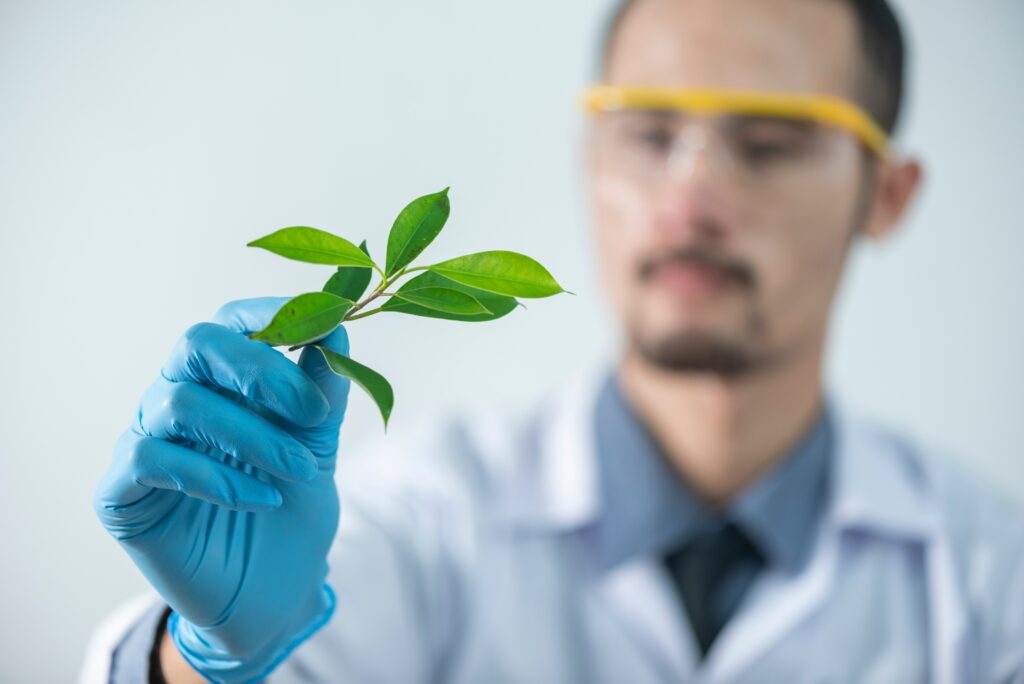
Based on the “Future of K-Beauty 2024” report, the clean beauty movement has kickstarted bioengineered ingredients. What can consumers expect from this biotech beauty?
Biotech beauty holds the key to a more conscious beauty, answering the sustainability and efficacy concerns of consumers. Consumers will see bioengineered products as a cleaner, safe, more transparent, and more effective. Lab-developed ingredients are free of impurities and more stable in potency, further enhancing their appeal.
Brands will take inspiration from culture and historic ingredients for lab-grown alternatives. For example, US-based skincare brand Superegg is inspired by the long tradition of using eggs in beauty throughout Asia. Its cutting-edge skincare is formulated with a 100% vegan plant-based alternative that replicates an egg’s nutrient-rich properties without the use of animal products.
Bio-fermentation will also have a place here and appeal to K-beauty’s rich heritage in fermented ingredients. International brands such as Clinique are already using bio-fermentation. Its product, Moisture Surge, was created using a unique fermentation process that transforms actives such as aloe extract powder, lactobacillus and activated aloe water into nutrient-rich ingredients that work harder.
A New World Of K-beautyverse

We have seen a plethora of Korean beauty brands leveraging the metaverse technology, including Hera and Etude House. With AR try-ons and virtual space, what does the future hold for K-beautyverse?
The metaverse has unlocked a new world of fluid states and digital brand experiences, from AR try-ons to immersive third spaces and avatar makeovers. The merging of realities will place digital and physical experiences on equal footing, and brands will be taking beauty experiences and products into the meta-space to cater to the changing consumers’ needs.
Digital interactive experiences will play a key role in fostering brand-consumer interactions and new technology will allow for more complex and creative manipulation of virtual spaces. For example, AR technologies will enhance the virtual interactive experiences by letting shoppers try on cosmetics and test beauty tools before making a purchase. K-beauty brands such as Hera has started incorporating AR technologies into its Insta shop to allow users to scroll through the app and test the latest products with its ‘try with camera’ feature.
Utilizing Traditional Korean Ingredients

K-Beauty is at the forefront of featuring innovative formulations inspired by its local ingredients. What are the ingredients used in traditional beauty treatments that you predict will be in the spotlight?
K-beauty’s global appeal lies in its innovative use of local ingredients and unique formulation methods such as fermentation, an age-old process reworked with modern science that helps foster a healthy skin microbiome. Sulwhasoo, for instance, incorporates traditional herbal medicine – with roots dating back to as early as 3000 BC – into its product offerings.
Ancient ingredients are making a modern comeback through enhanced technologies and modern science. An example is Plodica, a K-beauty brand that heroes its lotus culture extract derived from a 760-year-old lotus flower seed excavated from Haman County in the South Gyeongsang Province. The vegan brand also boasts its jiaogulan extract discovery made in South Korea’s Ulleung Island, which flaunts a high concentration of active ingredients that help strengthen the skin barrier.
The Never-Seen-Before Beauty Innovations From Tech-Powered Products To At-Home Derma Diagnostics
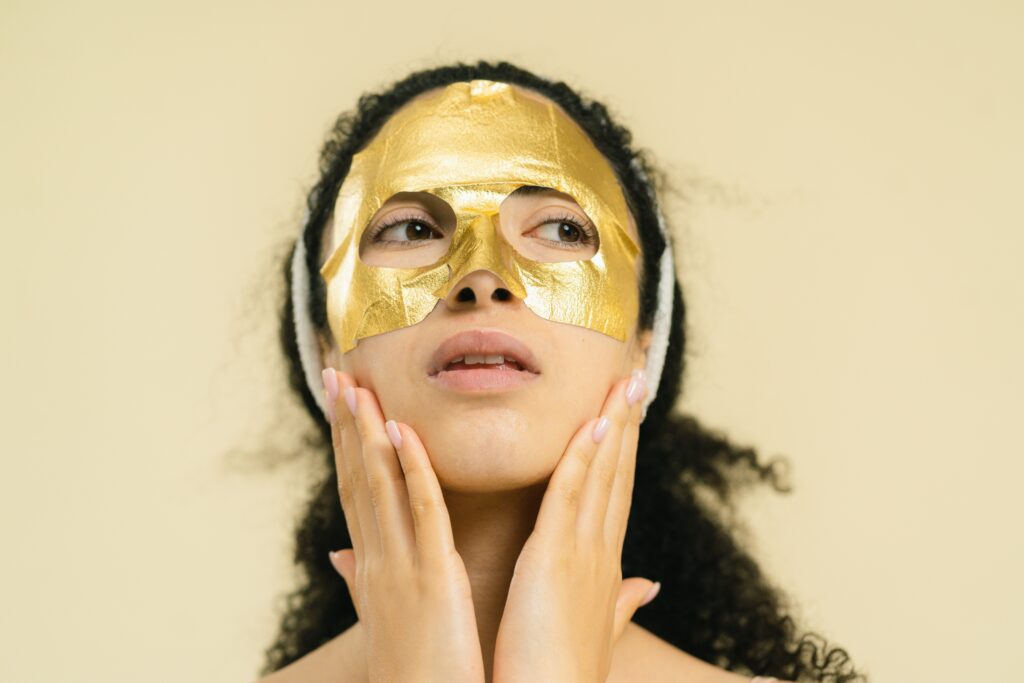
What are the never-seen-before beauty innovations that the readers can expect in 2022 or beyond?
Breakthroughs and developments in next-generation technology will open up never-before-seen beauty innovations that meet new demands for more personalised shopping experiences. Tech-powered products will alter and create new beauty habits, with burgeoning self-care and wellbeing priorities in mind.
Beauty tech will no longer merely focus on digital features and advancements in tech innovations, but present experiences that tap into emotional wellbeing and raise the quality of life.
We will also see tools for at-home derma diagnostics continue to grow in importance, with new variations that determine skin health emerging. Personality tests such as the Myers-Briggs Type Indicator (MBTI) have been trending among South Koreans for determining partner compatibility and understanding differences. This has crossed into skincare with a ‘skin MBTI’ test – a series of surveys to determine skin type that is gaining popularity among consumers who are seeking to understand their individual skin needs. Adopting survey technology and personality type analysis into product services adds an element of fun to personalised solutions that will help brands stand out from the pack.
Self-Care Is Still A Hit
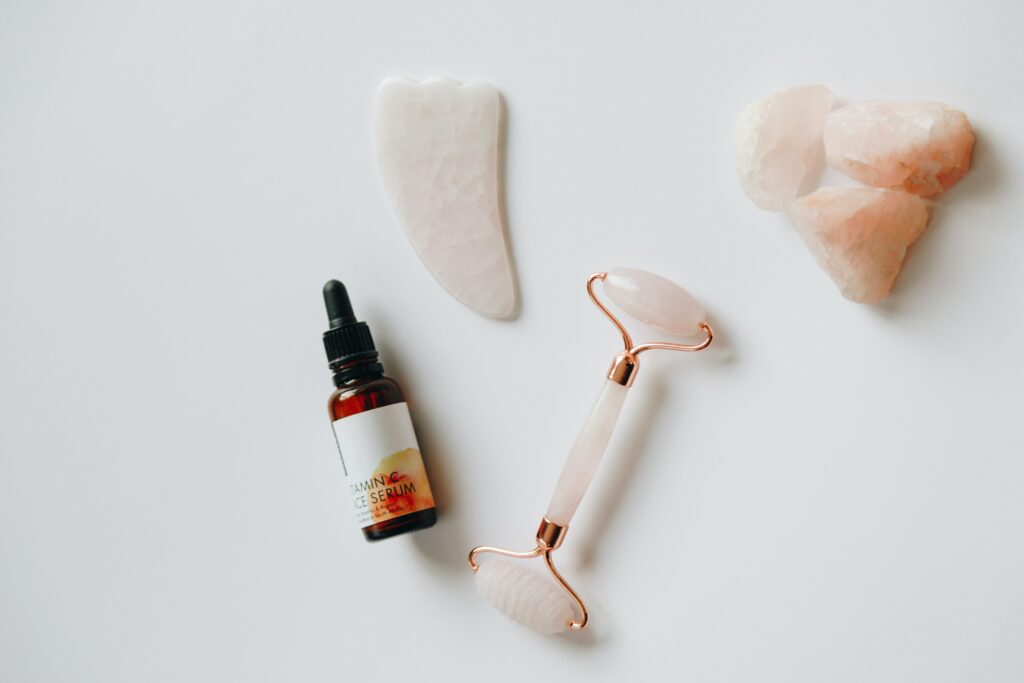
With no end in sight to the pandemic, are there any upcoming K-Beauty trends that focus on self-care skincare routines or skin conditions caused by maskne?
Beauty and wellness products that support physical and emotional wellbeing will grow in importance with consumers. As the pandemic increased awareness of the importance of mental wellbeing in skin health, products that reduce stress, boost mood or enable a moment of self-care will be in demand.
Following our Care-Taking trend, consumers will continue to prioritise experiences and services that encourage rest and wellness. They will be compelled to make more mindful purchases that promote better health, pushing brands to rethink their priorities to create meaningful products that resonate. We will see brands, including K-beauty labels, incorporate wellness by tapping into self-care micro categories including sleep hygiene, sexual wellness, aromatherapy, multi-sensory beauty, ath-beauty, cycle-syncing and bathing rituals.
In addition, we are also seeing a rise in skin sensitivity due to the rise in environmental aggressors and over or misuse of potent products. South Korean beauty consumers are opting for mild formats with the right pH that does not strip the skin of its natural flora. Soothing, calming and cooling benefits are gaining traction, with toner pads making a comeback into the K-beauty scene where they are used on cheeks or irritated areas and left on much like a sheet mask to provide relief.
Leveraging The Local Culture
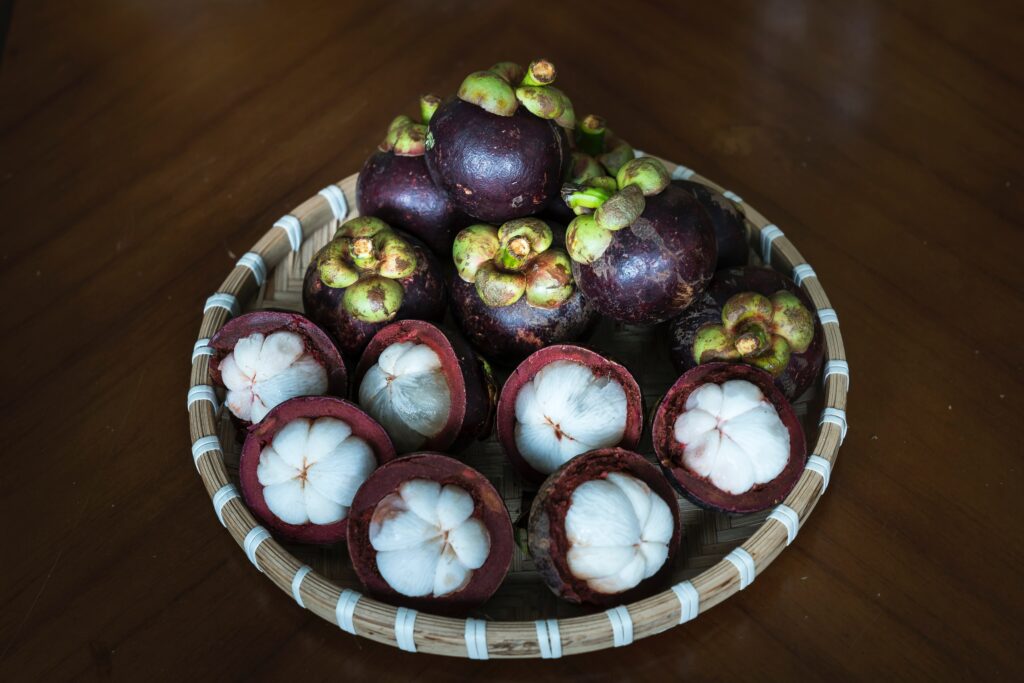
Among these K-Beauty trends, which one do you think will emerge in Singapore and other Southeast Asia?
‘Leverage the local’ movement – where brands tap into local ingredients and culture – will be really huge in Singapore and Southeast Asia, and especially if it is backed by science. As Asians, we’re quite proud of our local culture, and it excites us to see glimpses of our culture incorporated and reflected in products.
Many local brands in the region are already incorporating classic ‘Southeast Asian’ fruits such as durians and mangosteens in their skincare products. For instance, N&E Innovations taps into Singaporean’s love for durians, and crabs, tackling the issue of food wastage by using discarded durian husks and crab shells in its all-over wet wipes. The region is also home to incredibly rich biodiversity and there’re plenty of ingredients familiar to us that remain unused in the skincare market with a yet-to-be-discovered potential that local brands are just beginning to use.
Climate adaptive skincare is also taking off in Singapore and Southeast Asia. The region is home to a hot and humid climate all year-round, so thinner, non-clogging, and skin-cooling formulas that dry quickly on the skin are really popular. With this demand, we will start to see international brands following suit to create targeted products for specific countries and regions not just in the region, but in other markets as well with non-temperate climates.
Make sure to follow Beauty Insider on Instagram and Facebook for the latest update!

